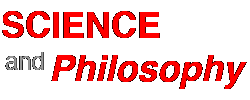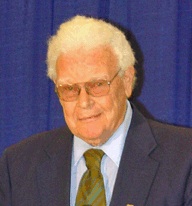Matson, Floyd W. The Broken Image, George Braziler, New York 1964 [extract — 330 words] — results of the theory of relativity
The publication of Einstein’s special theory of relativity in 1905, followed a decade later by his general theory, signified a radical extension of these departures from the mechanical framework of classical physics. With the appearance of relativity, “the study of the inner workings of nature passed from the engineer-scientist to the mathematician.” In the new theories gravitation was no longer regarded as a mechanical “force,” but instead took on the character of a mathematical formula governing the curvature of space and the acceleration of moving bodies. Space and time—those formidable absolutes of the commonsense world—lost both their absoluteness and their independence, as they were welded into a single four-dimensional continuum of space-time.
No doubt there was still a crucial sense in which these modifications of the old worldview, for all their profound and far-reaching effects, must yet be regarded as brilliant corrections rather than as fundamental contradictions of the main tenets of classical physics. But if the mechanistic universe was not yet overthrown, it was surely altered (not to say disfigured) beyond easy recognition.
Not “matter” but “energy” was now the basic datum of science; no reliance could henceforth be placed upon actions-at-a-distance, nor upon mechanical conceptions of force or of quasi-solid ethers, nor upon the integrity and stability of Space and Time as familiarly conceived…
After the full impact of relativity had been felt, however, little was left of the ingenuous belief in the scientific image of objective reality, as faithfully registered by the senses… The formulations of Einstein made clear that “even space and time are forms of intuition, which can no more be divorced from consciousness than can our concepts of color, shape, or size. Space has no objective reality except as an order or arrangement of the objects we perceive in it, and time has no independent existence apart from the order of events by which we measure it.”


